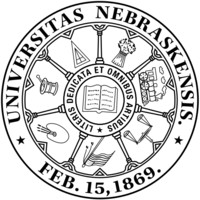
Colorado State University
At Colorado State, there’s this energy we all share—this undeniable excitement for what’s next. And it’s a feeling you can only find here. As you choose a college, one of the biggest questions most students have is what to study. At Colorado State, we offer over 250 programs, over 50 minors, and several advising tracks. That means you’ll have the ability to reach your goals — no matter what they are. Founded in 1870 as the Colorado Agricultural College, Colorado State University is now among the nation's leading research universities. Our world-class research in infectious disease, atmospheric science, clean energy technologies, environmental science, and biomedical technology attracted more than $300 million in research funding annually. Our professional programs in veterinary medicine, occupational therapy, journalism, agriculture and construction management are ranked among the nation's best. Colorado State is the "university of choice" for Colorado residents; 30% of all of Colorado's science, math, engineering and technology majors pursue degrees at CSU. This is LinkedIn account is officially recognized by Colorado State University; however, the views and opinions expressed on this page are not necessarily those of the University. CSU retains discretion to allow or disallow comments and/or posts on this page. For more information about CSU’s Social Media Policy, visit http://www.socialmedia.colostate.edu.






